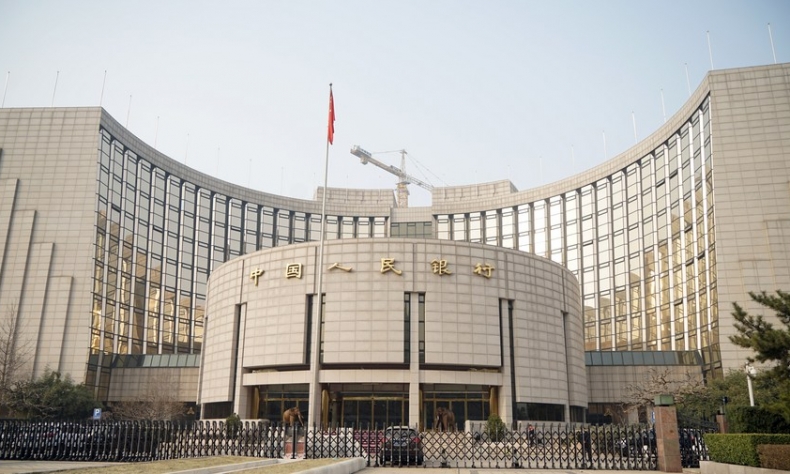To Cut or Not to Cut?

This latest required reserve ratio cut mainly aims to optimize funding structures for financial institutions so that these have long-term and stable capital sources and the real economy can receive financial support.
China’s central bank, the People’s Bank of China (PBC), on April 15 announced that in order to shore up the growth of its real economy and gradually bring down financing costs, the required reserve ratio (RRR) for financial institutions will be cut by 0.25 percentage point on April 25, marking the first RRR cut of 2022. The cut rate, however, is lower than the expected 0.5 percentage point, in turn denoting the smallest rate since 2008. This decision is the result of hard trade-offs, given the currently complex national and international economic outlook.
Many a news report has stated the Chinese economy was facing downward pressures in the first quarter (Q1) of 2022. As expected, according to data from the National Bureau of Statistics (NBS) on April 18,the country’s GDP rose by 4.8 percent year on year in Q1, a smooth growth pace, yet one likely to miss the goal for 2022’s economic growth, namely 5.5 percent. Further NBS updates demonstrated several major economic indexes had also witnessed a decline in March: Total retail sales of consumer goods dropped by 3.5 percent compared with the same period of 2021, and down by 1.93 percent over the previous month; imports slipped by 1.7 percent. More importantly, China’s consumer price index (CPI), which inched up 1.1 percent year on year in Q1, has been struggling under deflationary pressures for the past year. Consumption, as one of the troika driving the Chinese economy, accounts for 70 percent of economic growth; a low CPI reveals sluggish progress.

Liquidity released by lowering the RRR is believed to effectively spur growth. The Q1 economic downturn consequently reminded the PBC of this option.
Nevertheless, interbank liquidity on the Chinese financial market remains relatively stable, with no risks of a gap in available liquid assets. Meanwhile, major economies worldwide are walking down the path of tightened monetary policies. Particularly, the U.S. Federal Reserve announced on March 17 it would raise its benchmark interest rate by 0.25 percentage point, with more to come in the following months. This international financial landscape has constrained the PBC from continuing its loose monetary policies. Following several rounds of RRR cuts in the wake of the 2008 financial crisis, the weighted average RRR for financial institutions will now stand at 8.1 percent, which is still low, rendering deeper cuts near to impossible. In other words, the central bank is advised to proceed with caution.
To cut or not? To cut, but the cut is not all that exciting.
According to the central bank in February, China is set to maintain reasonably ample market liquidity. This latest RRR cut mainly aims to optimize funding structures for financial institutions so that these have long-term and stable capital sources and the real economy can receive financial support. Monetary organizations are in turn expected to offer this extra liquidity to small and medium-sized businesses that have taken a severe hit from COVID-19. The cut is further projected to save financial institutions 6.5 billion yuan ($1.01 billion) in annual capital costs, which will help lower financing costs across the board. Summing up, by cutting the RRR, the central bank means to ease downward pressures on the Chinese economy.
Despite the apparent conundrum, will further RRR cuts follow in the coming months? Probably. In the meantime, though, the PBC is keeping its eye on both CPI tendencies and monetary policy adjustments across major economies. Prudence is foresight and far-sightedness; the central bank will surely balance the books.
 Facebook
Facebook
 Twitter
Twitter
 Linkedin
Linkedin
 Google +
Google +










